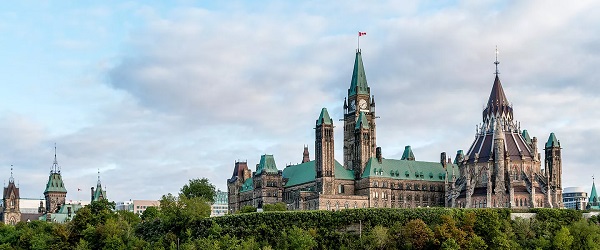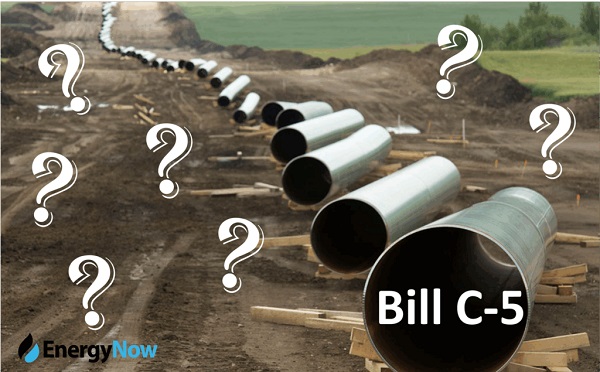National
Judge slams Trudeau, media for false claims about deaths, ‘secret burials’ at residential schools

From LifeSiteNews
‘Canadians are being deliberately deceived’ by the Trudeau government, indigenous leaders, and the media about the ‘obviously false claim’ that residential schools were responsible for ‘deaths and secret burials’ of children, retired Manitoba judge Brian Giesbrecht wrote.
A retired Canadian judge says people are being “deliberately deceived by their own government” after blasting the Liberal federal government of Prime Minister Justin Trudeau for “actively pursuing” a policy that blames the Catholic Church for the unfounded “deaths and secret burials” of indigenous children.
“The Trudeau Liberals have actively pursued a policy that has both encouraged, and then kept alive a conspiracy theory — namely, that residential school priests, nuns and teachers were responsible for the deaths and secret burials of the children placed in their care,” wrote retired Manitoba judge Brian Giesbrecht in a recent opinion piece published in the Western Standard last week.
“The indigenous leadership has exploited an obviously false claim — pocketing a mountain of tax dollars, while our moribund mainstream media sits in silence.”
Giesbrecht was very vocal about criticizing the claims made by the legacy media and Trudeau government that the Catholic Church is complicit in the deaths of thousands of indigenous Canadians who attended government-mandated residential schools.
As a result of the claims, since the spring of 2021, 112 churches, most of them Catholic, many of them on indigenous lands that serve the local population, have been burned to the ground, vandalized, or defiled in Canada.
Giesbrecht wrote that, in his view, the church burnings are only the “outward manifestation of this larger evil” targeting Canadian Christians.
“Canadians are being deliberately deceived by their own government, the indigenous leadership, and our own media,” he wrote.
He observed that the “false” claims made by the government and media have turned the truth “upside down.”
“Lewis Carroll wrote about an upside down world in Alice in Wonderland,” he wrote. “He would immediately understand what is happening in Canada today.”
The church burnings started in 2021 after the mainstream media and the federal government ran with inflammatory and dubious claims that hundreds of children were buried and disregarded by Catholic priests and nuns who ran some of the now-closed residential schools.
Giesbrecht observed that the reality is that historical records “clearly show” that “the children who died of disease or accident while attending residential school were all given Christian burials, with their deaths properly recorded.”
“Most were buried by their families in their home communities. In short, there is no historical evidence that even one residential school student died under sinister circumstances, or was buried in secrecy,” he wrote.
LifeSiteNews earlier reported on how Giesbrecht blasted what he said is a “conspiracy theory” lie and “shocking” yet unproven “accusation” being pushed by Trudeau and legacy media that thousands of indigenous residential school kids died due to negligence by the Catholic priests and nuns.
The judge lamented the fact that hundreds of Christian (mostly Catholic) churches have been burned to the ground since the first TRC report came out in 2010.
LifeSiteNews reported last week that Leah Gazan, backbencher MP from the New Democratic Party, brought forth a new bill that seeks to criminalize the denial of the unproven claim that the residential school system once operating in Canada was a “genocide.”
In August, LifeSiteNews reported that Trudeau’s cabinet said it will expand a multimillion-dollar fund geared toward documenting claims that hundreds of young children died and were clandestinely buried at now-closed residential schools, some of them run by the Catholic Church.
Canadian indigenous residential schools, run by the Catholic Church and other Christian groups, were set up by the federal government and were open from the late 19th century until 1996.
While there were indeed some Catholics who committed serious abuses against native children, the unproved “mass graves” narrative has led to widespread anti-Catholic sentiment since 2021.
Conservative Party of Canada (CPC) MP Jamil Jivani has urged support from his political opponents for a bill that would give stiffer penalties to arsonists caught burning churches down, saying the recent rash of destruction is a “very serious issue” that is a direct “attack” on families as well as “religious freedom in Canada.”
Business
A new federal bureaucracy will not deliver the affordable housing Canadians need
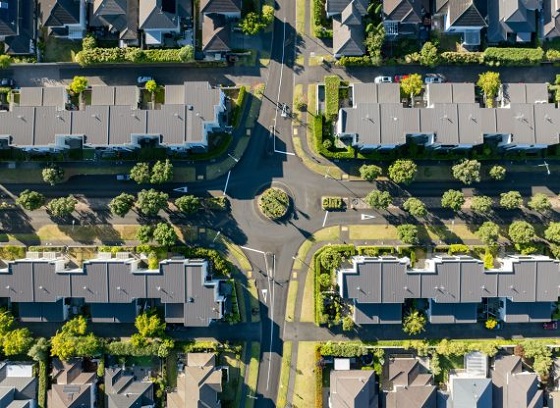
Governments are not real estate developers, and Canada should take note of the failure of New Zealand’s cancelled program, highlights a new MEI publication.
“The prospect of new homes is great, but execution is what matters,” says Renaud Brossard, vice president of Communications at the MEI and contributor to the report. “New Zealand’s government also thought more government intervention was the solution, but after seven years, its project had little to show for it.”
During the federal election, Prime Minister Mark Carney promised to establish a new Crown corporation, Build Canada Homes, to act as a developer of affordable housing. His plan includes $25 billion to finance prefabricated homes and an additional $10 billion in low-cost financing for developers building affordable homes.
This idea is not novel. In 2018, the New Zealand government launched the KiwiBuild program to address a lack of affordable housing. Starting with a budget of $1.7 billion, the project aimed to build 100,000 affordable homes by 2028.
In its first year, KiwiBuild successfully completed 49 units, a far cry from the 1,000-home target for that year. Experts estimated that at its initial rate, it would take the government 436 years to reach the 100,000-home target.
By the end of 2024, just 2,389 homes had been built. The program, which was abandoned in October 2024, has achieved barely 3 per cent of its goal, when including units still under construction.
One obstacle for KiwiBuild was how its target was set. The 100,000-home objective was developed with no rigorous process and no consideration for the availability of construction labour, leading to an overestimation of the program’s capabilities.
“What New Zealand’s government-backed home-building program shows is that building homes simply isn’t the government’s expertise,” said Mr. Brossard. “Once again, the source of the problem isn’t too little government intervention; it’s too much.”
According to the Canadian Mortgage and Housing Corporation, Canada needs an additional 4.8 million homes to restore affordability levels. This would entail building between 430,000 to 480,000 new units annually. Figures on Canada’s housing starts show that we are currently not on track to meet this goal.
The MEI points to high development charges and long permitting delays as key impediments to accelerating the pace of construction.
Between 2020 and 2022 alone, development charges rose by 33 per cent across Canada. In Toronto, these charges now account for more than 25 per cent of the total cost of a home.
Canada also ranks well behind most OECD countries on the time it takes to obtain a construction permit.
“KiwiBuild shows us the limitations of a government-led approach,” said Mr. Brossard. “Instead of creating a whole new bureaucracy, the government should focus on creating a regulatory environment that allows developers to build the housing Canadians need.”
The MEI viewpoint is available here.
* * *
The MEI is an independent public policy think tank with offices in Montreal, Ottawa, and Calgary. Through its publications, media appearances, and advisory services to policymakers, the MEI stimulates public policy debate and reforms based on sound economics and entrepreneurship.
Business
Ottawa Funded the China Ferry Deal—Then Pretended to Oppose It
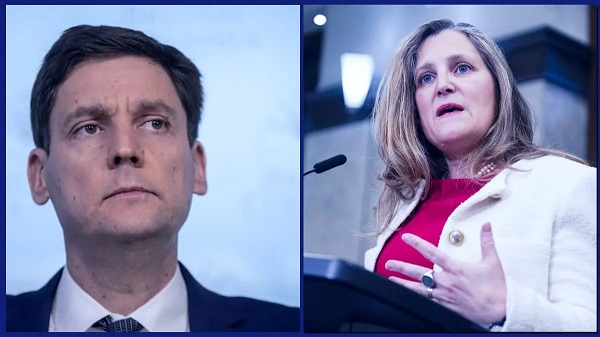
While Beijing-backed hackers infiltrated Canadian telecoms, federal and B.C. leaders quietly financed a billion-dollar shipbuilding deal with a Chinese state firm—then tried to pass the buck.
So just to recap—because this one’s almost too absurd to believe: BC Ferries cuts a billion-dollar deal with a Chinese state-owned shipyard to build four new ferries. Canada’s Deputy Prime Minister Chrystia Freeland—always quick to perform outrage when the cameras are on—writes a stern letter saying how “dismayed” she is. She scolds British Columbia for daring to do business with a hostile foreign regime that’s literally attacking our critical infrastructure in real time.
And then—wait for it—it turns out her own federal government quietly financed the whole thing.
Yes, really.
According to an explosive report from The Globe and Mail, the Canada Infrastructure Bank—a federal Crown corporation—provided $1 billion in low-interest financing for the very same China shipbuilding deal Freeland claimed to oppose. The contract was signed in March 2025. The outrage? That only came later, when the public found out about it in June.

Freeland’s letter to BC’s Transportation Minister was loaded with warnings. She talked about China’s “unjustified tariffs” and “cybersecurity threats.” She demanded assurances that “no federal funding” would support the purchase. But what she didn’t mention—what she conveniently left out—was that Ottawa had already cut the cheque. The financing was already in place. The loan had been approved. Freeland just didn’t say a word.
And when reporters asked for clarification, what did her office say? Nothing. They passed the buck to another minister. The new Infrastructure Minister, Gregor Robertson, now claims the government had “no influence” in the procurement decision. No influence? You loan a billion dollars to a company and have no opinion on where it goes?
Let’s be clear: This wasn’t some harmless miscommunication. If it wasn’t a cover-up, then it was sheer incompetence—the same brand of incompetence that’s driven our shipyards into obsolescence, our economy into dependence, and our country into managed decline. An entire federal cabinet stood by, watched this unfold, signed the cheque—and then pretended they had nothing to do with it.
And British Columbia’s government? Just as bad. Premier David Eby, the man who pretends to champion “BC First,” claims he was “not happy” with the China deal but says it’s “too late” to change course. Too late? This isn’t an asteroid heading for Earth. It’s a contract. And contracts can be rewritten, canceled, renegotiated—if anyone in charge had the political will to stand up and say, “No, we don’t hand billion-dollar infrastructure projects to hostile regimes.”
But instead, we get excuse after excuse. They say BC Ferries is independent. They say there was no capacity in Canada. They say we had no choice. All the while, Canadian shipyards sit idle, unionized workers are frozen out, and the Canadian taxpayer is stuck subsidizing Chinese shipbuilding—and Chinese espionage.
Because while all of this was happening, we now know that a Chinese state-sponsored hacking group called Salt Typhoon was actively breaching Canadian telecommunications networks. That’s not speculation—it’s confirmed in a federal cyber security bulletin dated June 19, 2025.
Chinese actors exploited a vulnerability in Cisco equipment and infiltrated the networks of at least one major Canadian telecom provider. They pulled config files, rerouted traffic through GRE tunnels, and monitored call metadata and SMS communications. Translation: They were spying. On us. On officials. On infrastructure.
So let’s break this down. In February, China hacked Canadian telecoms. In March, Canada quietly finances a massive shipbuilding contract with China. In June, Freeland pretends to be outraged—while hiding the fact that her own government bankrolled it.
And now we’re told, “There’s nothing to see here. No jurisdiction.”
Really?
Freeland has jurisdiction when it comes to issuing carbon taxes, banning handguns, and lecturing citizens about disinformation—but somehow has no jurisdiction when her own Infrastructure Bank gives a billion dollars to build ships in a country that’s attacking our networks and undermining our democracy?
And it gets worse. The interest rate on the loan? Just 1.8%. That’s below market. That’s a subsidy, plain and simple. The financial gap will be recorded as government funding. So even if the Liberals want to play word games about “no direct funding,” that distinction is meaningless. The money came from taxpayers. It went to BC Ferries. It ended up in the hands of the Chinese Communist Party.
So what do we call this? It’s not economic strategy. It’s not climate policy. It’s not forward-looking infrastructure planning.
It’s decline. Managed decline.
It’s a government that tells Canadians we’re too broke, too slow, too divided to build our own ships. So we’ll just outsource it. To the same regime our intelligence services say is spying on us and interfering in our elections.
This was a test. A big one. And the people who told you they were going to put “Canada First”—people like David Eby and Mark Carney—failed that test spectacularly. When it came time to make a real choice—stand with Canadian workers, Canadian industry, and Canadian sovereignty—or cave to foreign pressure and cheap outsourcing, they chose China.
And then they lied about it.
But Canadians aren’t stupid. We know what leadership looks like—and this isn’t it. We don’t need more slogans. We need action. We need courage. We need people in government who actually believe in this country and the people who built it.
Because Canada can build ships. Canada can defend its infrastructure. And Canada should never hand over critical national projects to a regime that’s actively working against our interests.
If this is what “Canada First” looks like under the Liberals and the BC NDP, then we need something better. It’s time to stop managing decline and start building again.
Call the election. Let Canadians choose a path forward—one rooted in strength, in sovereignty, and in pride. Let us choose leaders who put Canada first—for real.
Subscribe to The Opposition with Dan Knight
-
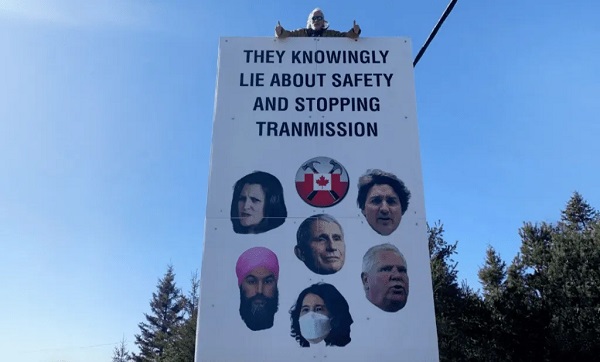
 COVID-191 day ago
COVID-191 day agoOntario man launches new challenge against province’s latest attempt to ban free expression on roadside billboards
-
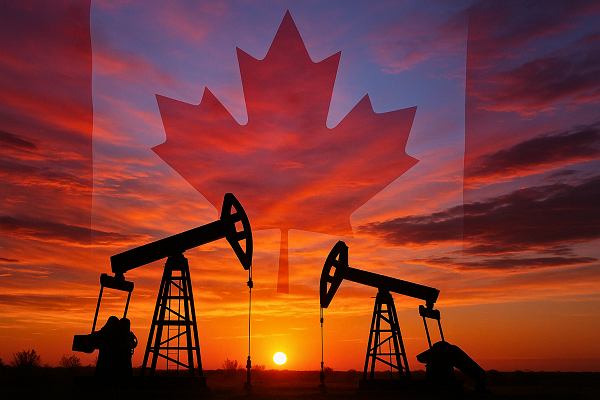
 Energy2 days ago
Energy2 days agoThis Canada Day, Celebrate Energy Renewal
-

 COVID-1913 hours ago
COVID-1913 hours agoNew Peer-Reviewed Study Affirms COVID Vaccines Reduce Fertility
-

 Business9 hours ago
Business9 hours agoOttawa Funded the China Ferry Deal—Then Pretended to Oppose It
-
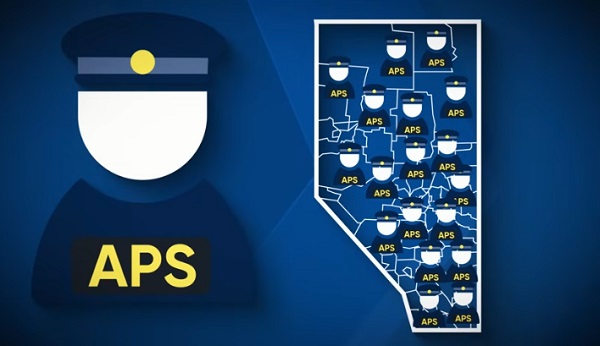
 Alberta1 day ago
Alberta1 day agoAlberta Next Takes A Look At Alberta Provincial Police Force
-
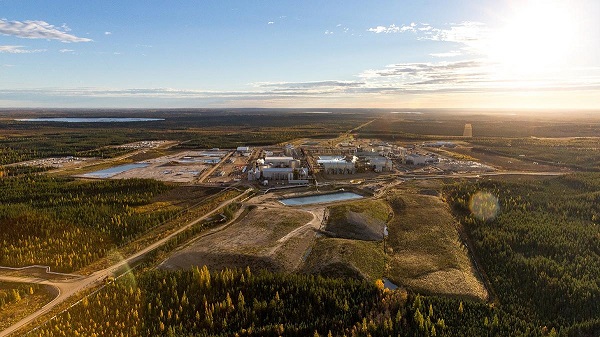
 Alberta1 day ago
Alberta1 day agoCanadian Oil Sands Production Expected to Reach All-time Highs this Year Despite Lower Oil Prices
-

 MAiD11 hours ago
MAiD11 hours agoCanada’s euthanasia regime is not health care, but a death machine for the unwanted
-
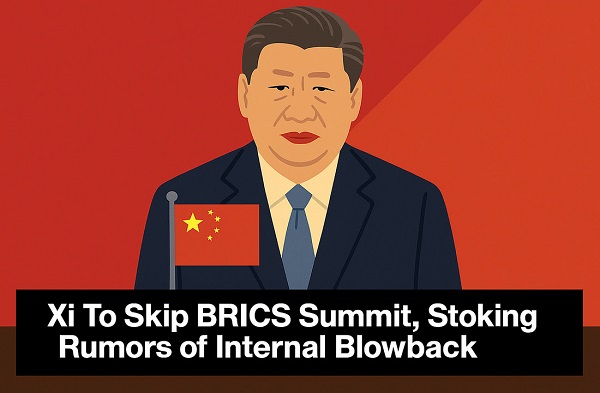
 International1 day ago
International1 day agoPresident Xi Skips Key Summit, Adding Fuel to Ebbing Power Theories







